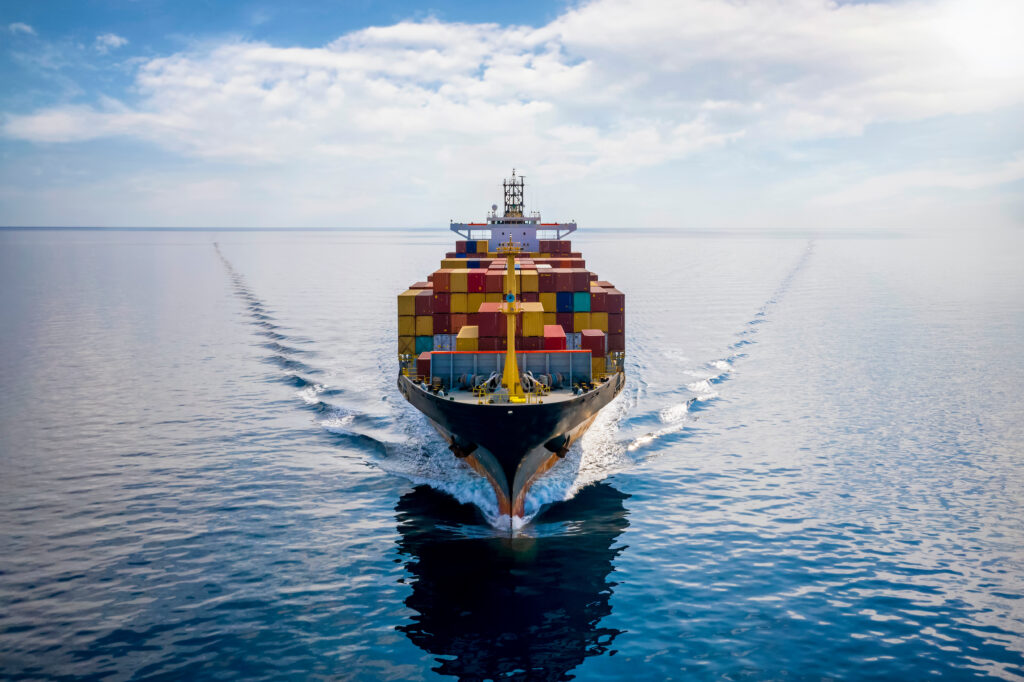The IMO is progressing on legally binding ‘ mid-term’ measures to assist the maritime industry in achieving net zero shipping, as outlined in the 2023 IMO Strategy on the Reduction of GHG Emissions from Ships. The measures are set to take effect in late 2025. The topic is on the agenda for the IMO’s Maritime Environment Protection Committee’s 81st session, which takes place in London from March 18 to 24.

As previously stated, the mid-term solutions include the adoption of a global fuel standard for marine fuels and a global pricing mechanism for greenhouse gas emissions from ships. The goal is to enable a fair and equitable transition to net zero shipping by or around 2050, taking into account diverse country conditions.
According to IMO, discussions by the Committee have so far revealed broad support for developing mid-term remedies, albeit the specific route to take is still being debated. There are several proposals on the table.
Member States have demonstrated a strong commitment and desire to continue working together to achieve a common understanding of the issues and potential convergences among the various solutions.
A comprehensive impact assessment is being conducted to help decision-makers understand the possible economic impact of the various proposed policies on Member States, especially Least Developed Countries and Small Island Developing States. The finalised assessment is due to be submitted to the Committee’s next meeting (MEPC 82), which will take place from September 30-October 4, 2024.
Life-cycle GHG intensity
On Monday, March 18, the MEPC adopted new Guidelines on the life cycle assessment of the GHG intensity of marine fuels (LCA Guidelines), which will help with GHG emission reduction efforts.
The LCA rules allow for the computation of GHG emissions over the whole production cycle and end-use of marine fuels, known as the “well-to-wake” approach. The modified guidelines contain revised default emission factor calculations, an updated appendix 4 with a form for well-to-tank default emission factor submission, and a new appendix 5 template for tank-to-wake emission factors.
